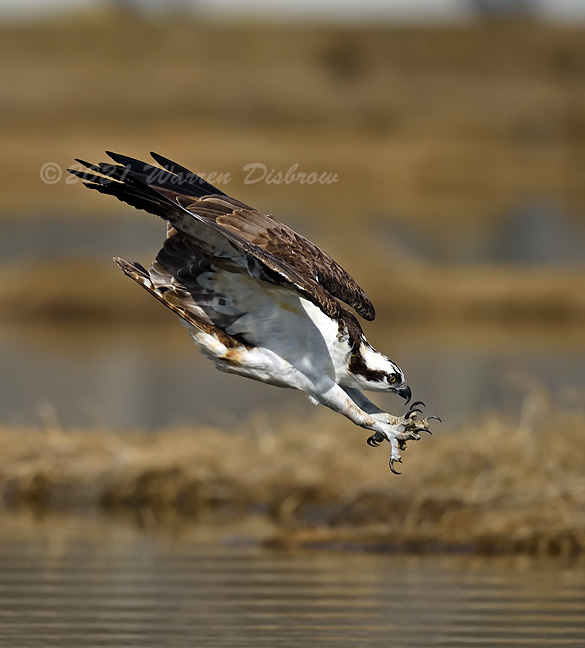tigger4t
Member
I've had two sessions in an Osprey hide recently and while I can get tack sharp shots before the dive and when the bird comes out of the water, sharp focus of the actual dive has eluded me 9 times out of 10. The birds are anything from 35 to 80 feet away and I'm shooting with a D850 and 300mm PF set-up and I hope used according to Steve's excellent Nikon AF book - I am using Group AF rather than single point to make tracking a little easier and have the focus range of the lens limited. Blocked Shot AF Response is set to 3 and Subject Motion is in the middle.
I do actually practice on other BIF before each shoot but geese, ducks and cormorant are not in the same speed bracket as a diving Osprey.
Does anyone have any shooting tips for this particular scenario please? For example, should I pump BBAF as it dives or perhaps use a 70-200 to get a slightly wider perspective to track the bird (the Ospey's wingspan actually fills the frame with a 300PF if they are diving close so buying a 70-200 is a definite possibility anyway).
I do actually practice on other BIF before each shoot but geese, ducks and cormorant are not in the same speed bracket as a diving Osprey.
Does anyone have any shooting tips for this particular scenario please? For example, should I pump BBAF as it dives or perhaps use a 70-200 to get a slightly wider perspective to track the bird (the Ospey's wingspan actually fills the frame with a 300PF if they are diving close so buying a 70-200 is a definite possibility anyway).


